It might sound cliche, but I’ve always believed that the heart of art lies in the joy of experimentation. Art is not just about mastering one technique or medium; it’s about exploring, playing, and discovering new ways to express yourself. And I say this as someone who has hundreds, if not thousands, of art tutorials under my belt. Whether you’re a seasoned artist or just starting your creative journey, giving yourself permission to try different art mediums can open up a world of possibilities and bring a fresh perspective to your creative practice. Let’s talk about four different ways to do just that today.
1. Give yourself permission to try things
This one is simple – the first step in embracing the joy of experimentation is giving yourself permission to try new things. It's easy to get comfortable with one medium, but trust me when I say that stepping out of your comfort zone can be incredibly rewarding.
When you give yourself permission to experiment, you open the door to endless possibilities. You allow yourself to be a beginner again, to make mistakes, and to learn from them. This mindset not only enhances your artistic skills but also nurtures a sense of playfulness and curiosity that is so important for creative growth.
Here are a few ideas to get you started:
- Start watercolor painting (oh hi – you’re in the right place)
- Sketch with your pencil
- Try acrylic painting
- Play an instrument
- Renew your Adobe subscription and try out digital art
Switching mediums can help anytime you feel a creative block too
I’m here to talk about the things that nobody wants to talk about and this is one of the first things that comes to mind. We ALL encounter creative blocks from time to time. It’s a natural part of the artistic process. With that said, one of the best ways to overcome these blocks is to switch mediums. When you feel stuck or uninspired, trying something new can reignite your creative spark and offer a fresh perspective.
For instance, if you’ve been working with watercolor and find yourself at a standstill, pick up some acrylic paints and see where they take you. The different textures, drying times, and techniques involved can stimulate new ideas and ways of thinking. Similarly, if you’re a painter, try your hand at sketching or digital art. The change in tools and methods can break through the mental barriers and get your creative juices flowing again.
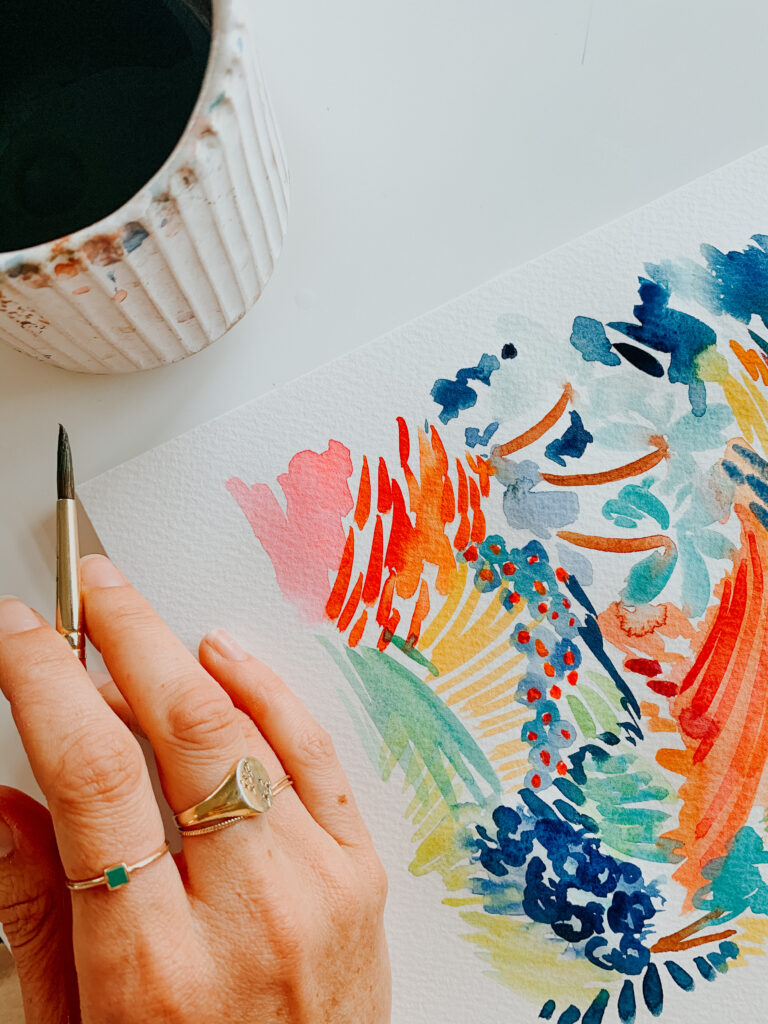
2. Start small with simple exercises
Next, when trying something new, it’s important to start small. Simple exercises can help you get a feel for the medium without overwhelming you. Begin with basic techniques and gradually build your skills and confidence. It doesn’t have to take long either. Start with just 15 minutes a day.
For example, if you’re new to sketching, start with simple shapes and lines. Practice drawing circles, squares, and triangles to get comfortable with your tools. If you’re exploring watercolor, begin with basic washes, color mixing, or a simple watercolor tutorial. Experiment with how water and pigment interact on the paper. For acrylic painting, try creating small abstract pieces to understand how the paint behaves and how different brushes can create different effects.
You don’t need to race to the finish line where you wake up and are magically good at everything. While that would be great, that hasn’t been my experience ever (even after doing this for over a decade now)
Starting small allows you to focus on the process rather than the outcome. It removes the pressure to create a masterpiece and instead encourages you to enjoy the act of creating. These small exercises can be incredibly fulfilling and provide a solid foundation as you continue to explore the medium.
3. Follow tutorials or sign up for an art class
Sometimes, the best way to learn and grow is to follow the guidance of others. You don’t get an award for trying to figure out everything on your own, and in fact, I think there are so many benefits to having an art community around to support you. Tutorials and art classes are fantastic resources for expanding your skills and exploring new mediums.
Online tutorials can be a great way to start. There are so many YouTube tutorials out there ready for you to binge (and hey – here’s mine). Whether you want to sit down and learn the basics of watercolor or want to learn how to paint something specific like these easy watercolor flowers, there’s no shortage of great places to start on the internet. You already found this post, so you’re off to a great start.
If you’re looking for something more structured, art classes, whether in-person or online, can help you get more personalized feedback from experienced instructors. Ideally, you’ll find one that offers a supportive environment where you can ask questions, receive constructive criticism, and connect with fellow artists.
4. Check Out The Art Within
Shameless plug aside, if you’re looking to experiment and find your artistic style, I’d love to invite you to join The Art Within. Inside, I walk you through all of the art fundamentals you should know, as well as real strategies and artistic practices to encourage you to develop your own unique art style. Whether you’re new to calling yourself an artist or you’ve been creating art for a while but want a push to grow, it’s a great place for you.
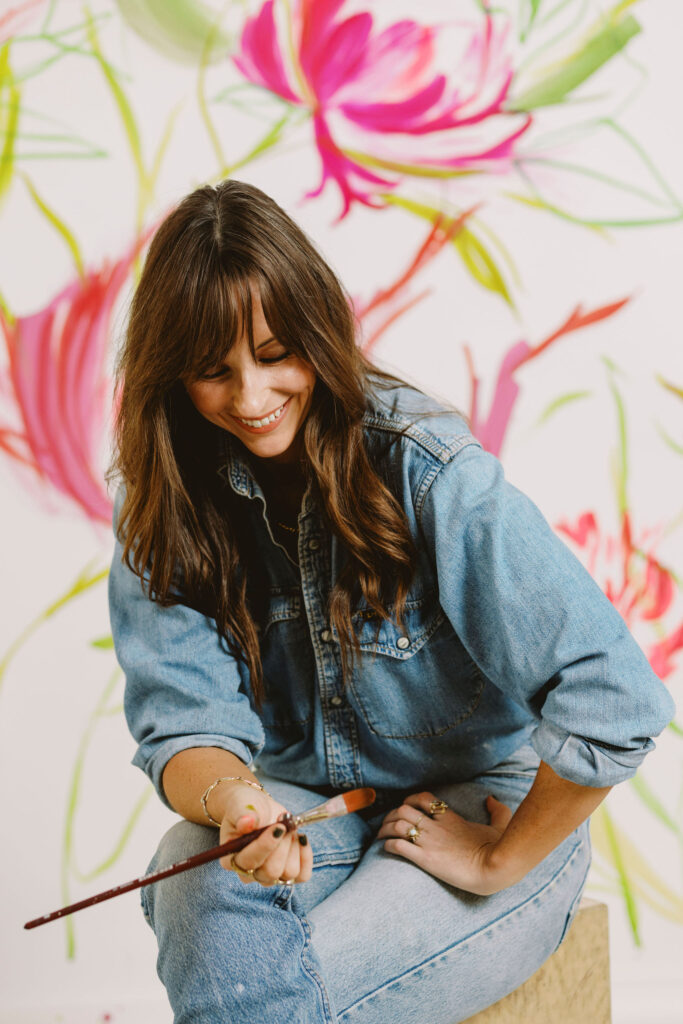
Remember, Experimentation Is Messy
Final reminder? Embracing the joy of experimentation means being okay with things not being perfect the first time you try something new. Experimenting with art is all about finding what resonates with you, what excites you, and what challenges you. Every medium you explore adds another layer to your artistic expression and enriches your creative practice (and your life).
Remember, the goal is not perfection but exploration. Allow yourself to make mistakes, to play, and to enjoy the process. Art is a personal journey, and there’s no right or wrong way to go about it. So, pick up that new medium you’ve been curious about and dive in. I will be cheering you on as you do (and make sure to follow me on Instagram for more advice and motivation as you grow too!).
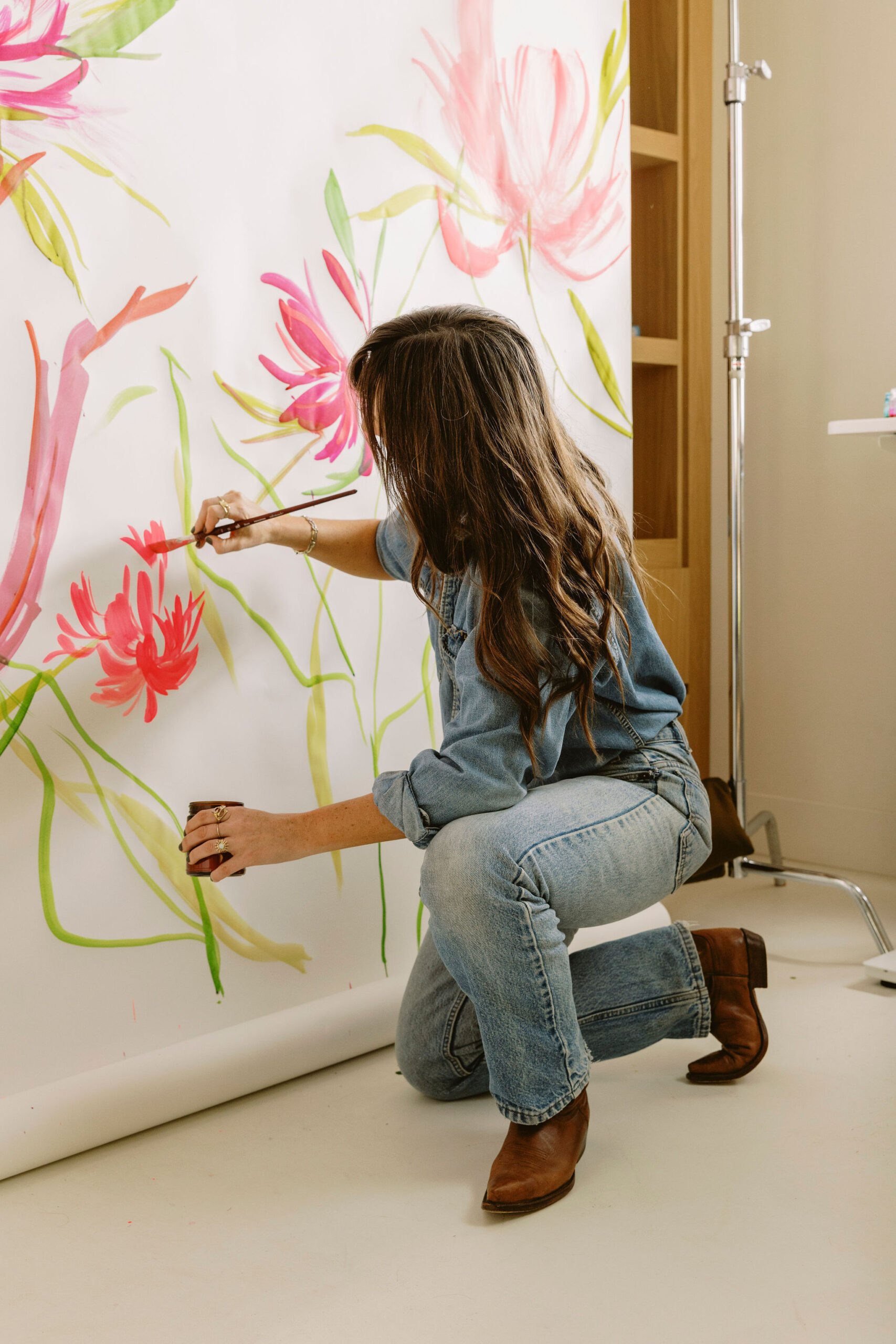
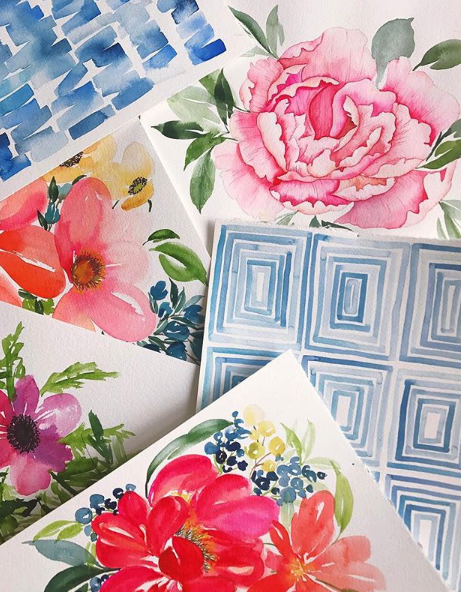


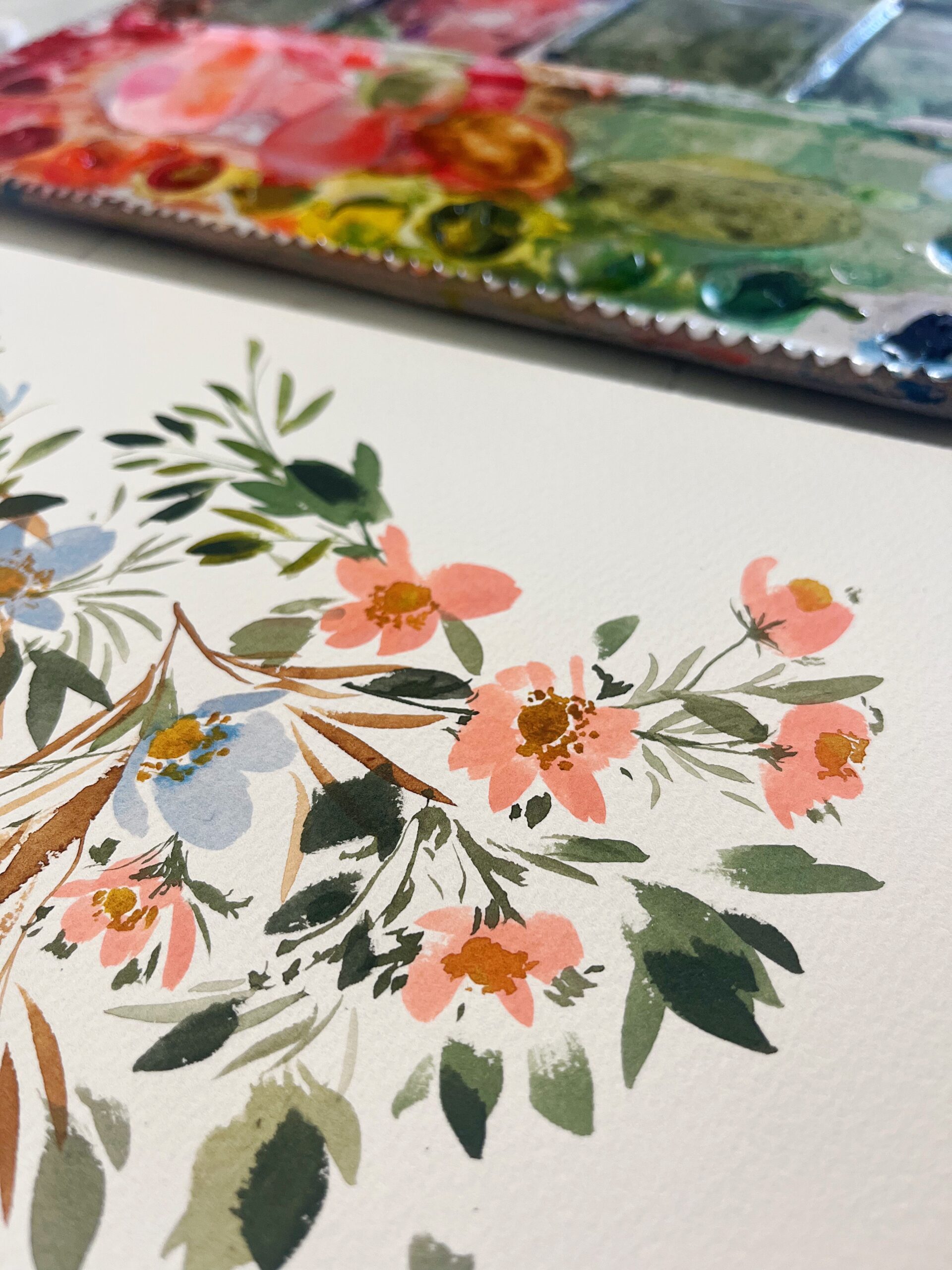
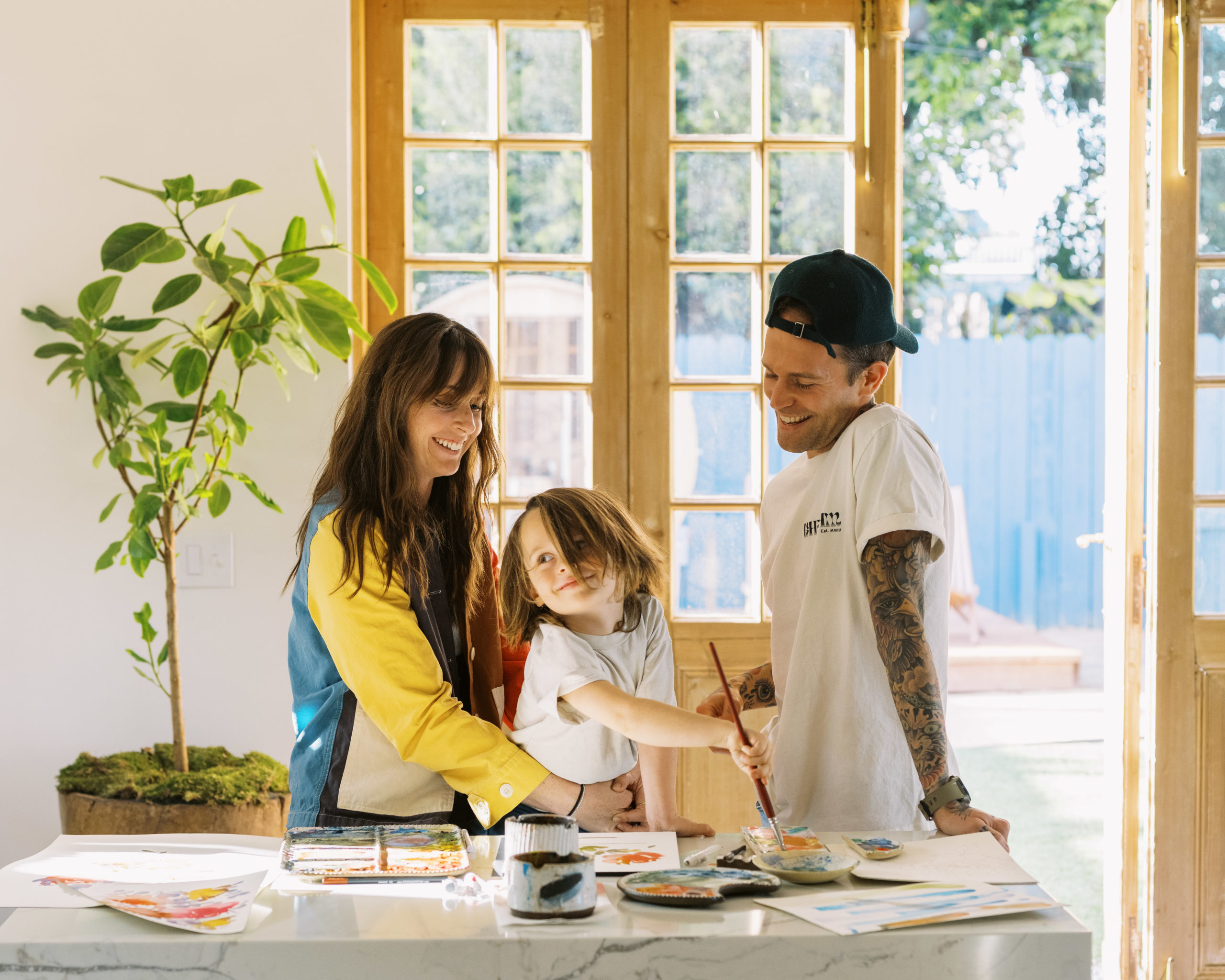

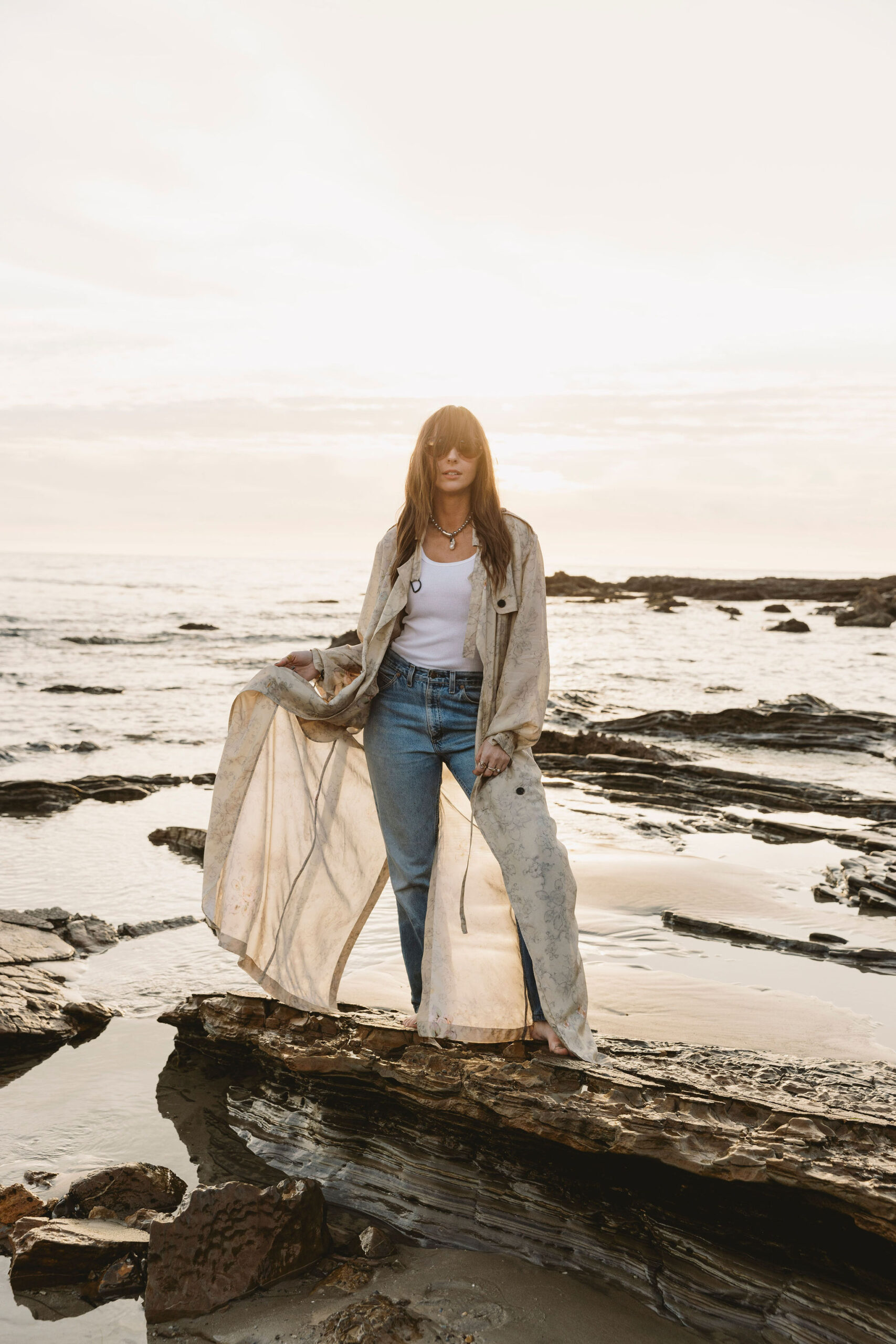

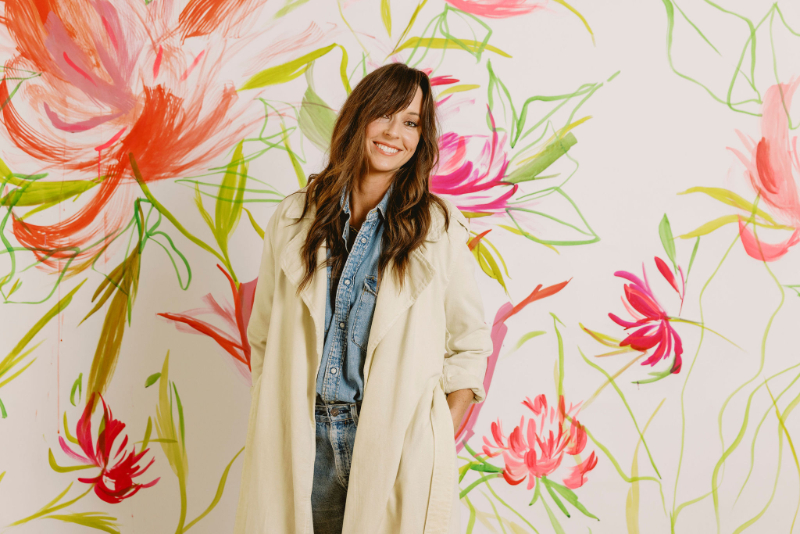


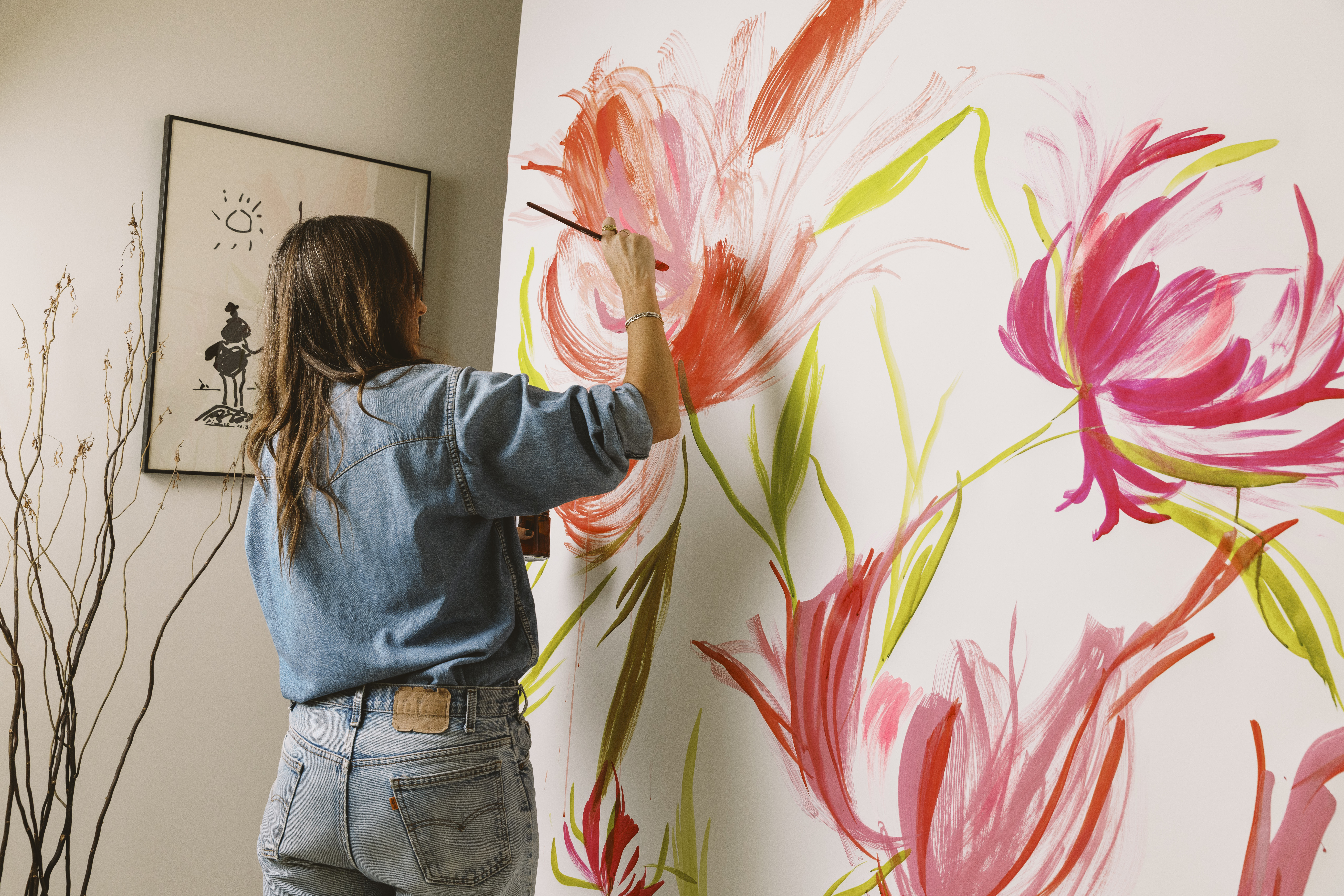
+ show Comments
- Hide Comments
add a comment